Explore the future of sustainable coffee
Discover roasters at the frontier of sustainable, innovative, and equitable practices
The challenges facing coffee
50% of coffee-growing lands globally are at risk of disappearing by 2050 due to a combination of factors
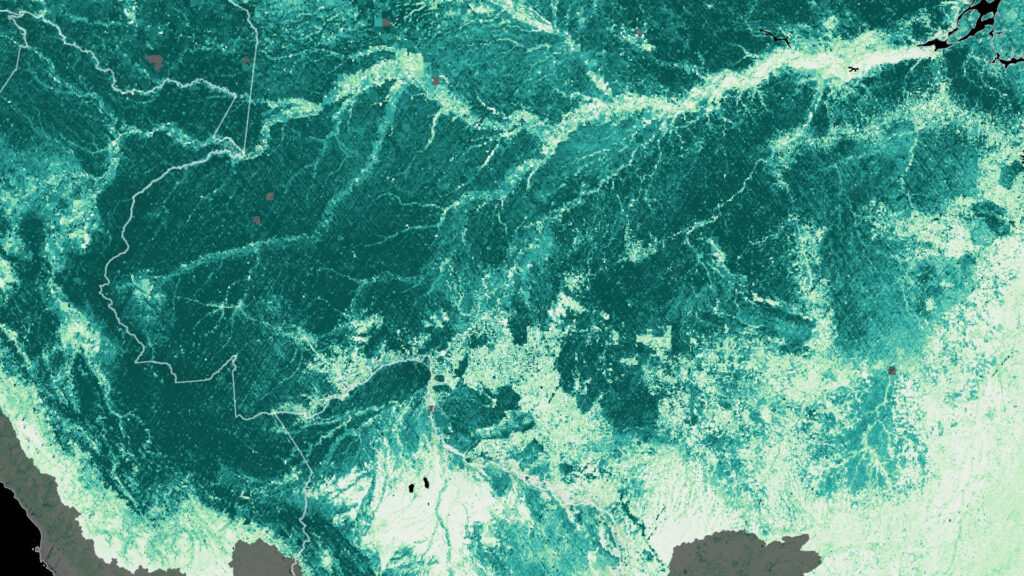
Deforestation
Deforestation and land-use changes are reducing the land available for coffee cultivation, already stressed by climate change

Climate change
Extreme weather and rising temperatures threaten coffee yields, especially for Arabica, the most widely consumed species
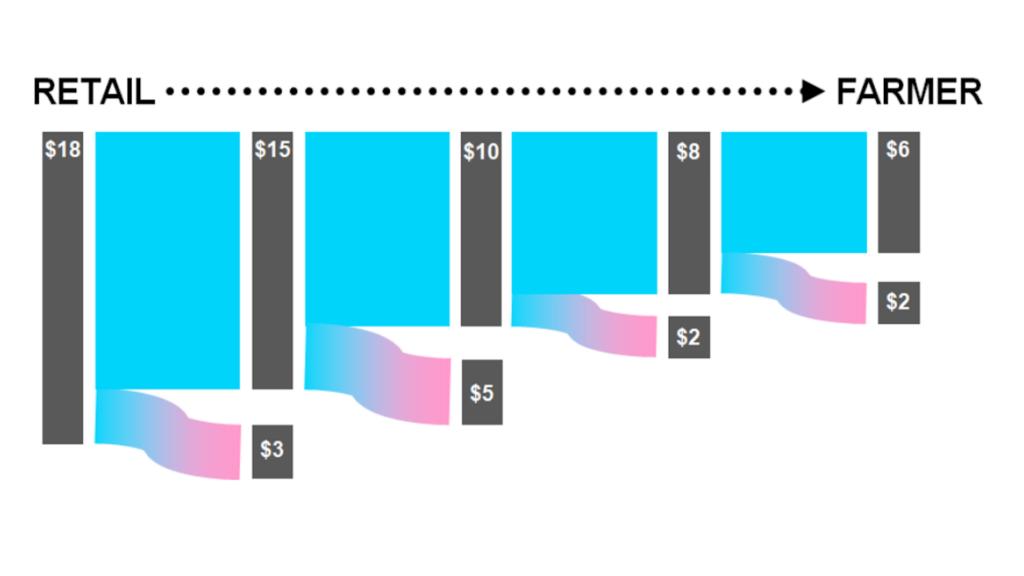
Unequal value distribution
In the current supply chain, intermediaries extract significant value, leaving farmers with minimal revenue
The positive impact roasters have
Roasters are the tip of the spear in influencing and implementing forward-thinking practices that will help protect the future of coffee
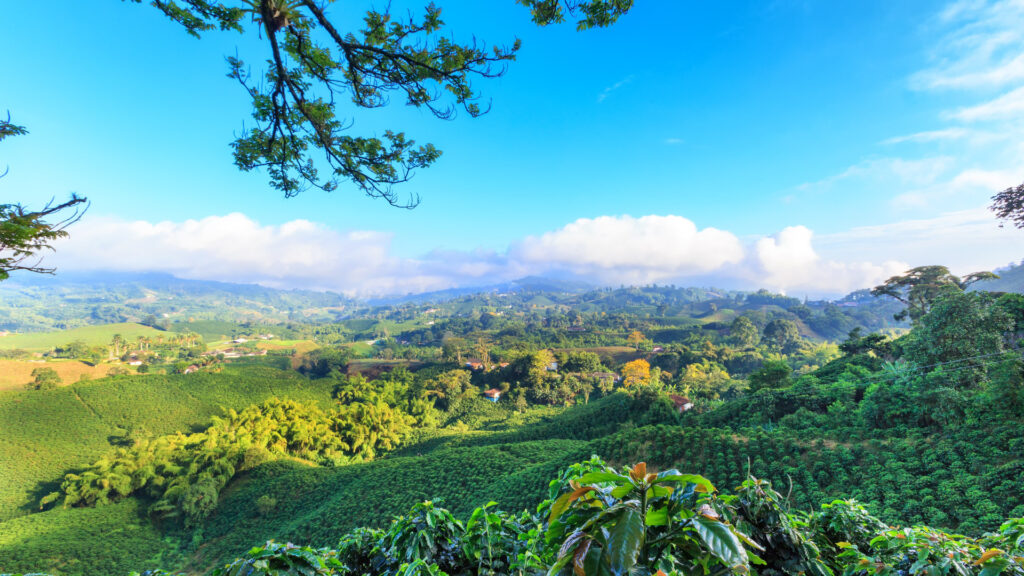
Sustainable practices
Roasters are adopting sustainable sourcing, packaging, and roasting methods to reduce waste and energy use
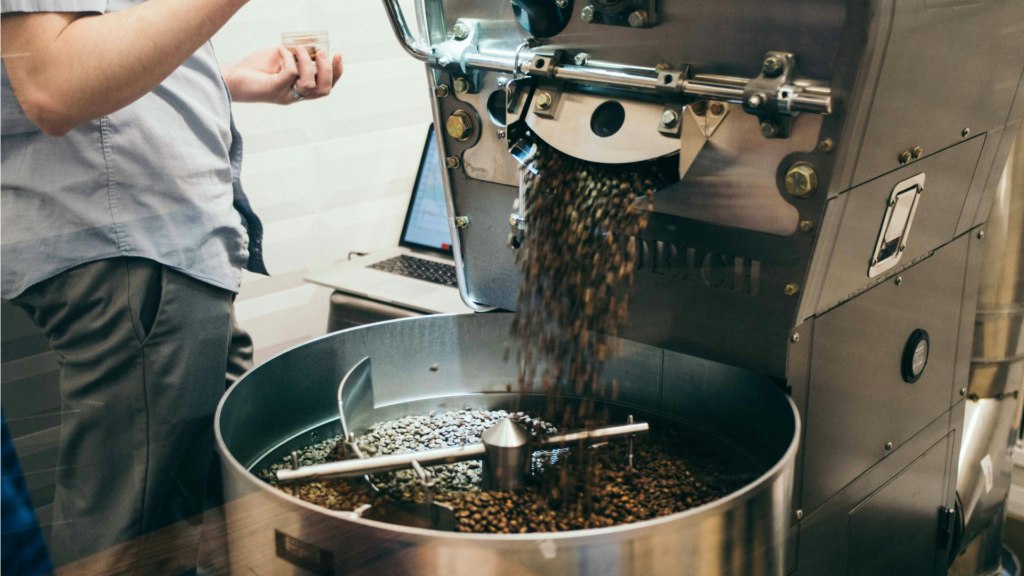
Innovation
Innovative agricultural practices, trade models, and roasting technologies are strengthening coffee's resilience
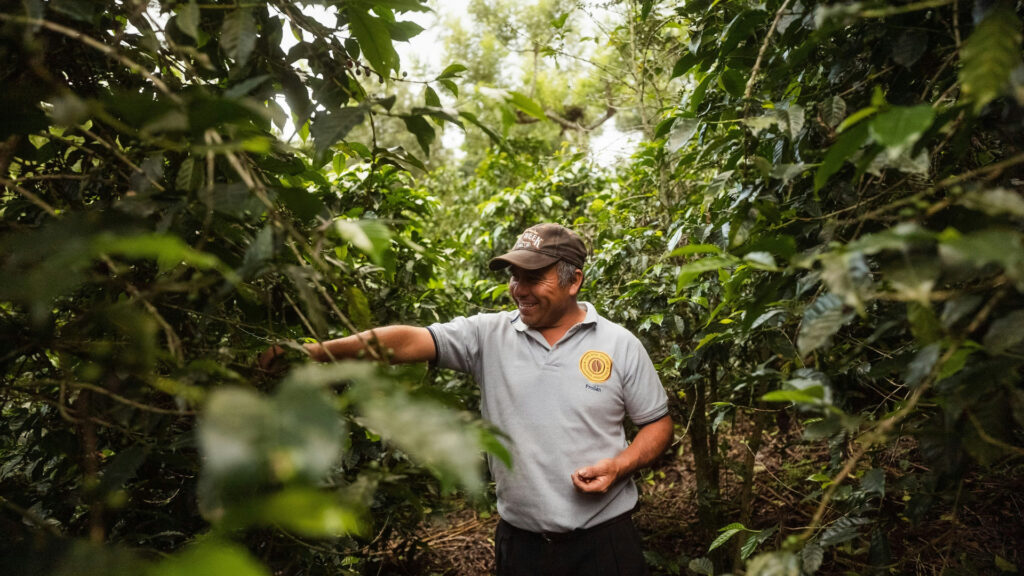
Equity
Fair pricing and long-term partnerships with farmers help invest in coffee-growing communities
Find coffee roasters making a difference
Browse our roaster profiles to find leaders in sustainable, innovative, and equitable practices
Mission
Commitment to conservation through donations and certifications
Transparency
Clear coffee sourcing information and cost transparency
Roaster features
Eco-friendly roasting equipment designed to minimize emissions
Packaging features
Sustainable packaging solutions aimed at waste reduction
Coffee features
Coffees certified for environmental and agricultural standards
Trade features
Equitable trade models ensuring fair compensation for farmers

Roaster Profile FAQs
How did you come up with the list of criteria that you use to assess roasters?
In our Roaster Profiles, our set of criteria is the result of extensive research into certifications, practices, pledges, and partnerships that positively reflect a roaster’s commitment to sustainability, innovation and equity in specialty coffee.
Are any evaluation criteria weighted more than others?
No. We do not weight or endorse one attribute over another. Our criteria are expressed as yes/no toggles (a roaster possesses the attribute or it doesn’t) or percentages (what percentage of a roaster’s single origins possesses an attribute).
Which roasters are eligible to have a profile on Lightyear?
In general, any specialty roaster who 1) roasts in-house under their own brand and 2) sells that roasted whole-bean coffee nation-wide through an online shop. However, we reserve the right, in our sole discretion, to exclude or remove any roaster for any reason.
I’m a roaster and you have a profile for me on your site. Can it be removed?
No. Our roaster profiles are generated from publicly available information and are intended to help consumers decide where to buy their coffee from. If any information we have on your profile is incorrect or incomplete, we will gladly update it upon verification.
A roaster's profile shows their data from what period of time?
We display “date assessed” next to each profile, which is the date we surveyed the roaster’s online shop. A roaster’s specific single origin lineup can change frequently, and that lineup might have changed from the date we surveyed the roaster’s offerings, and the date you view the profile. The other profile criteria might change over time as well, but any changes would not be as frequent as changes in origins. A roaster’s overall approach to sustainability, equity, and innovation will be captured in our profile, even if some time has elapsed since our survey of their site.
Are you a roaster?
Want your roastery to have a profile? Contact us.
Want to see how your roastery compares to your competitors? Get our Benchmarking Report.
What does innovation in coffee look like?
Pushing traditional boundaries on origin selection, taste profiles, processing methods, trade models, and roasting technology are all ways roasters can exhibit their innovation
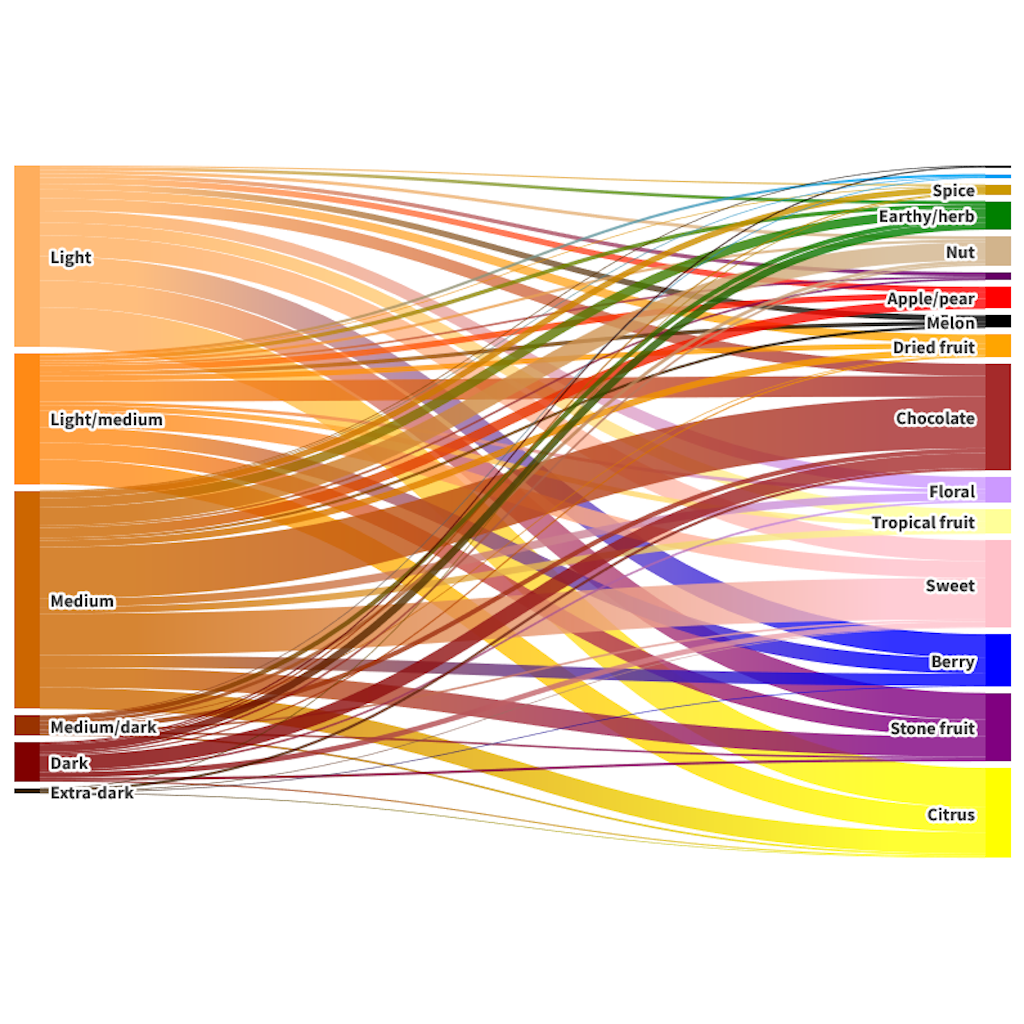
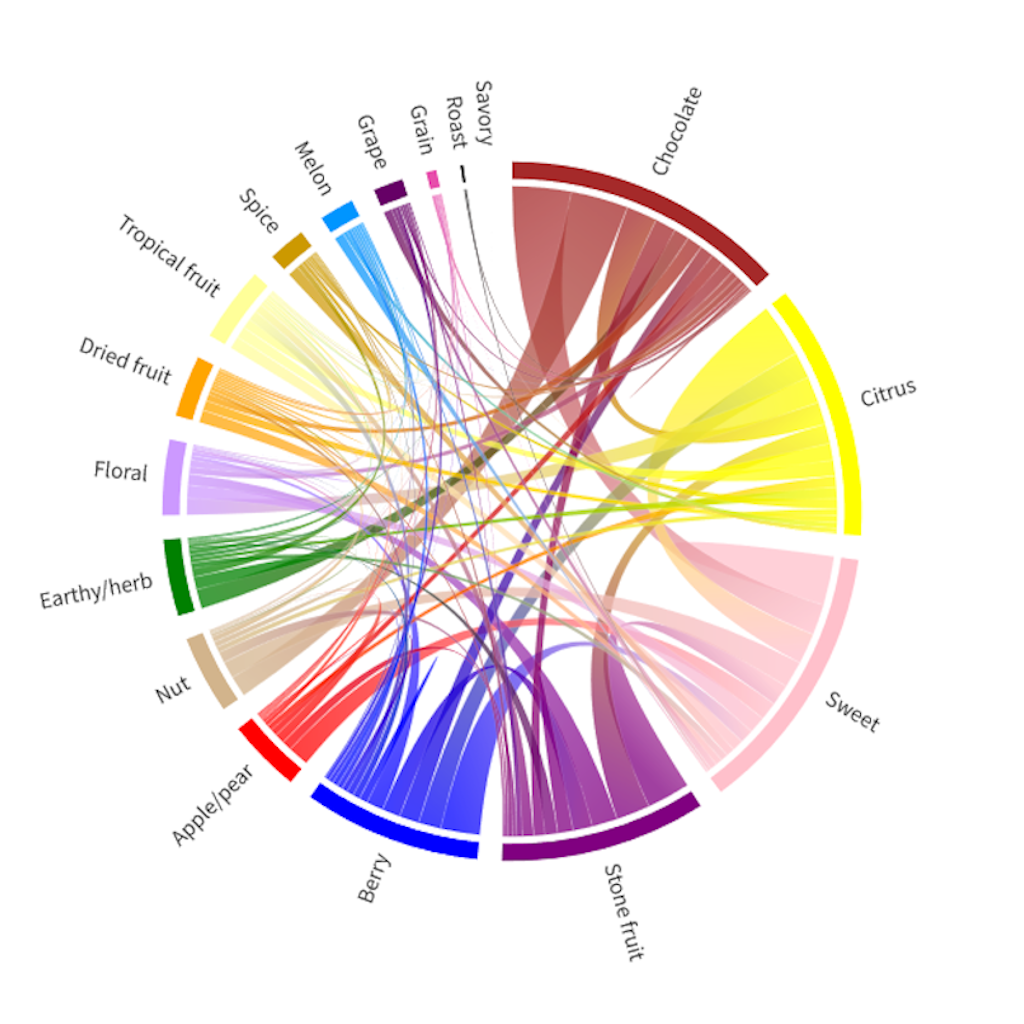
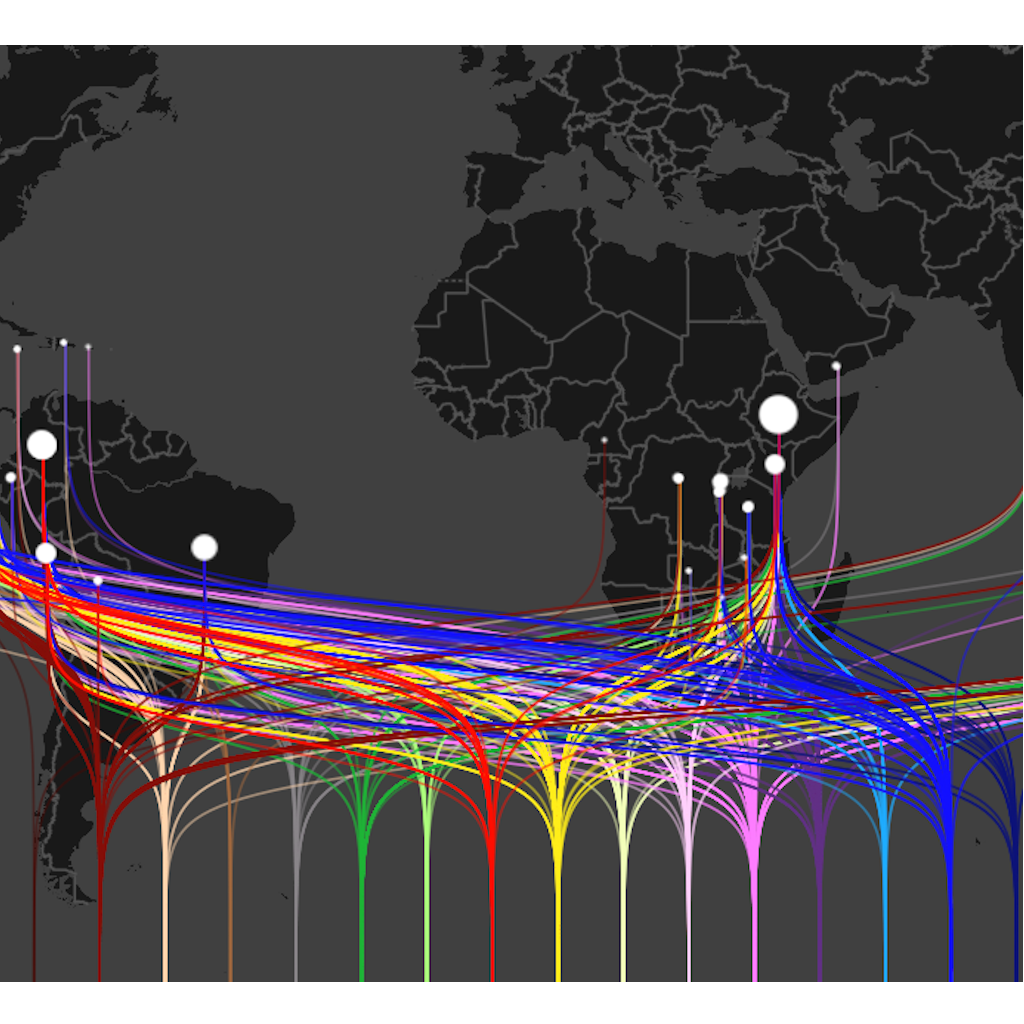
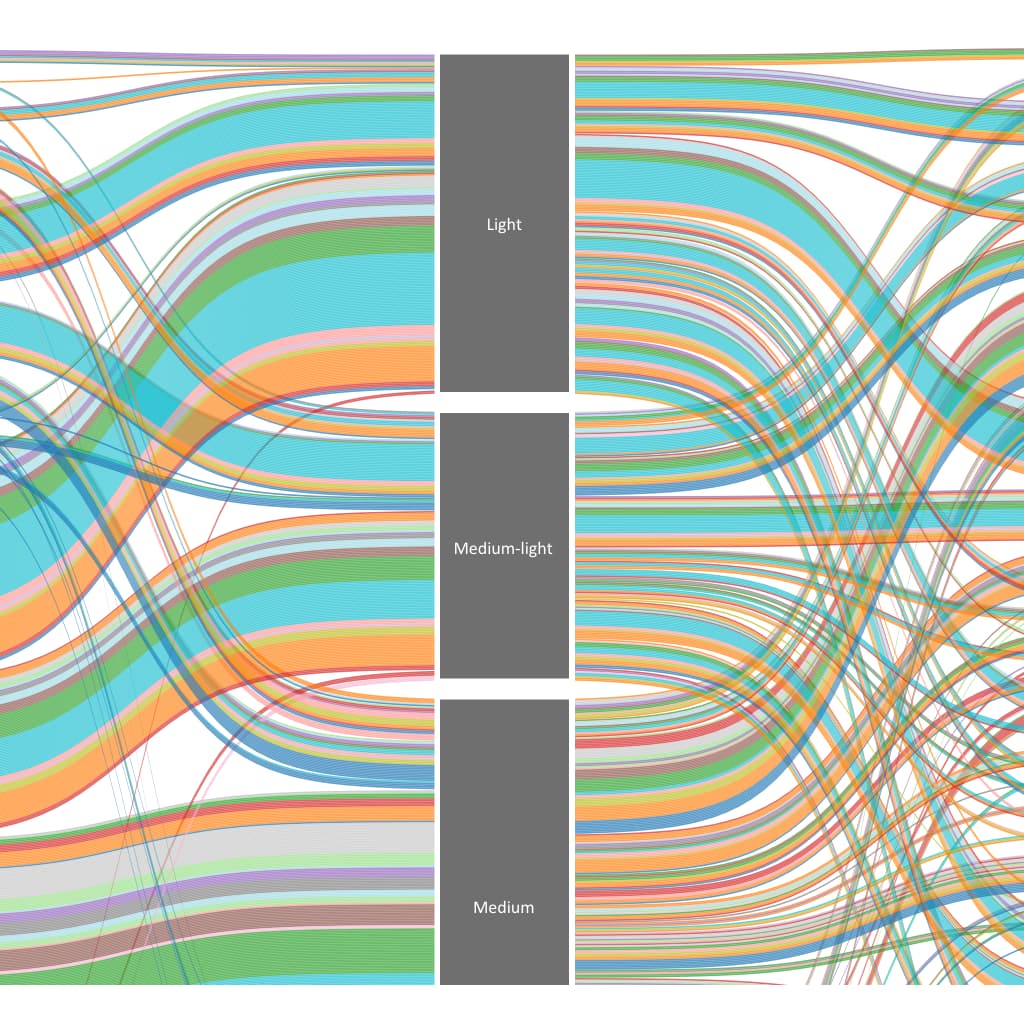
Talk coffee with us!
Keep in touch with Lightyear Coffee for the latest on innovation and sustainability in specialty coffee. No spam, ever.
Thank you!
You have successfully joined our subscriber list.

